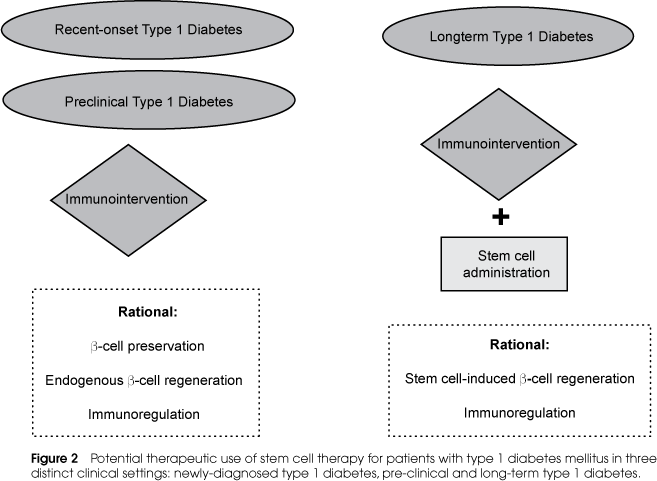Type 1 diabetes mellitus is the result of the autoimmune response against pancreatic beta-cell(s). At the time of clinical diagnosis near 70% of beta-cell mass is been destroyed as a consequence of the auto-destruction that begins months or even years before the clinical diagnosis. Although marked reduction of chronic complications was seen after development and progression of insulin therapy over the years for type 1 diabetic population, associated risks of chronic end-organ damage and hypoglycemia still remain. Besides tight glucose control, beta-cell mass preservation and/or increase are known to be other important targets in management of type 1 diabetes as long as it reduces chronic microvascular complications in the eyes, kidneys and nerves. Moreover, the larger the beta-cell mass, the lower the incidence of hypoglycemic events. In this article, we discuss some insights about beta-cell regeneration, the importance of regulation of the autoimmune process and what is being employed in human type 1 diabetes in regard to stem cell repertoire to promote regeneration and/or preservation of beta-cell mass.
Diabetes mellitus; beta-cell; Regeneration; Immune intervention; Stem cell; Transplant



